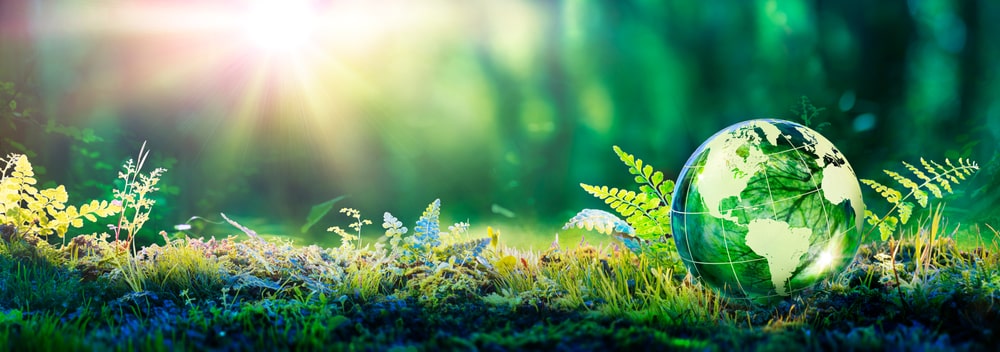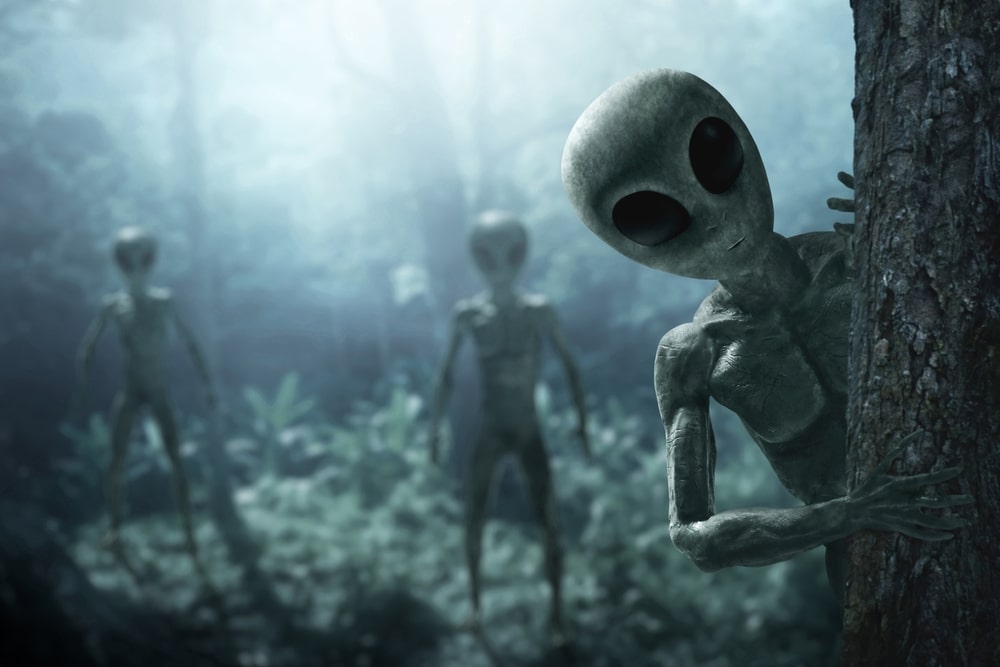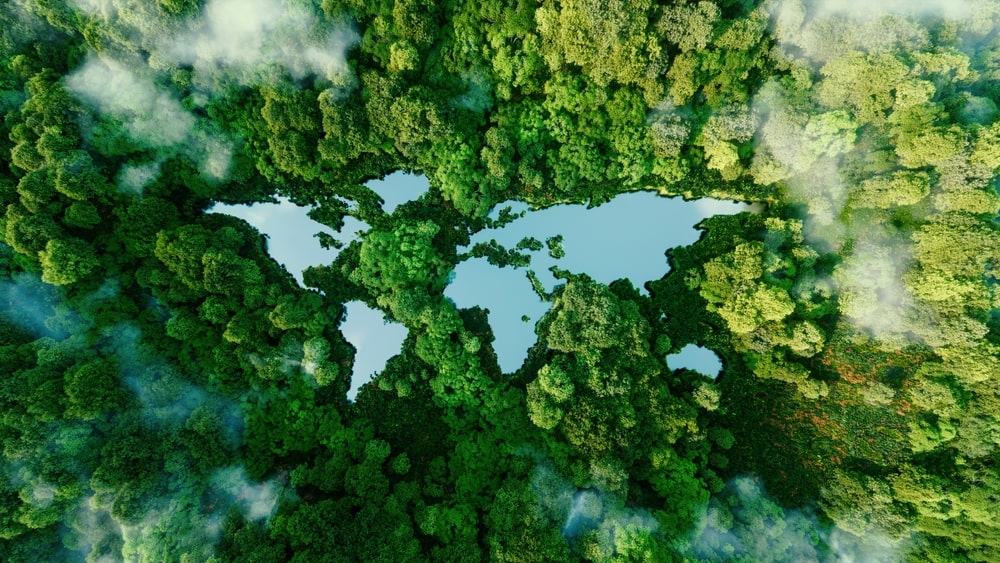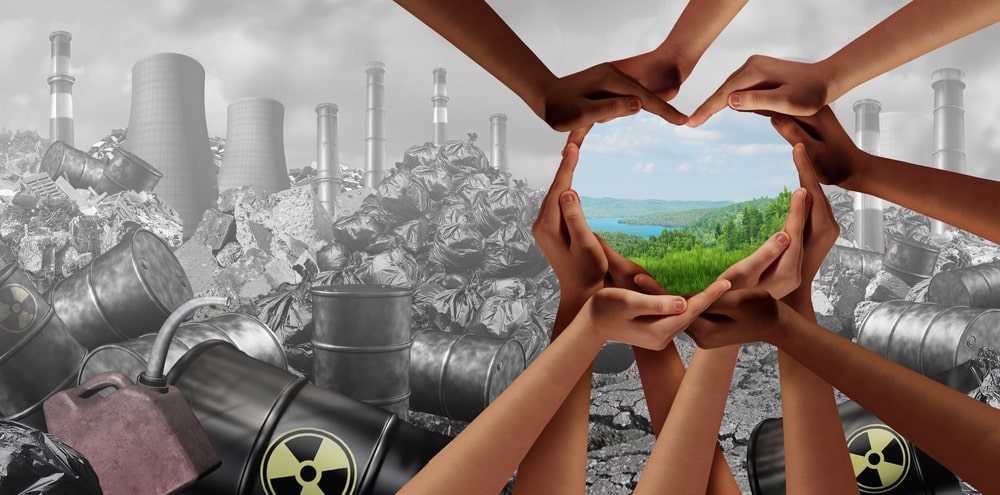Science in The World: interesting solar system facts you had no idea about!
If you remember your times in school, you remember those good old days when the teacher first told you that the solar system consists of the sun and everything that orbits around it, naming the eight (once nine) plants we all know.
But these solar system facts you’ve learned about in elementary school are just the beginning of this “space” journey, and there are so many things about them that professors don’t teach you in school.
Other than the 8 popular planets, Earth has many neighbors in space, including asteroids, mysterious moons, comets, dwarf planets, and plenty of creepy phenomena that are so mind-blowing that experts have a hard time explaining them.
We believe that space is one of the most interesting aspects of the world, and we’ve come across some solar system facts you had no idea about—until now! Let’s not keep this intro any longer, because it’s time to buckle up; we’re going places! Here are some of the strangest yet out-of-this-world solar system facts you’ll ever read!
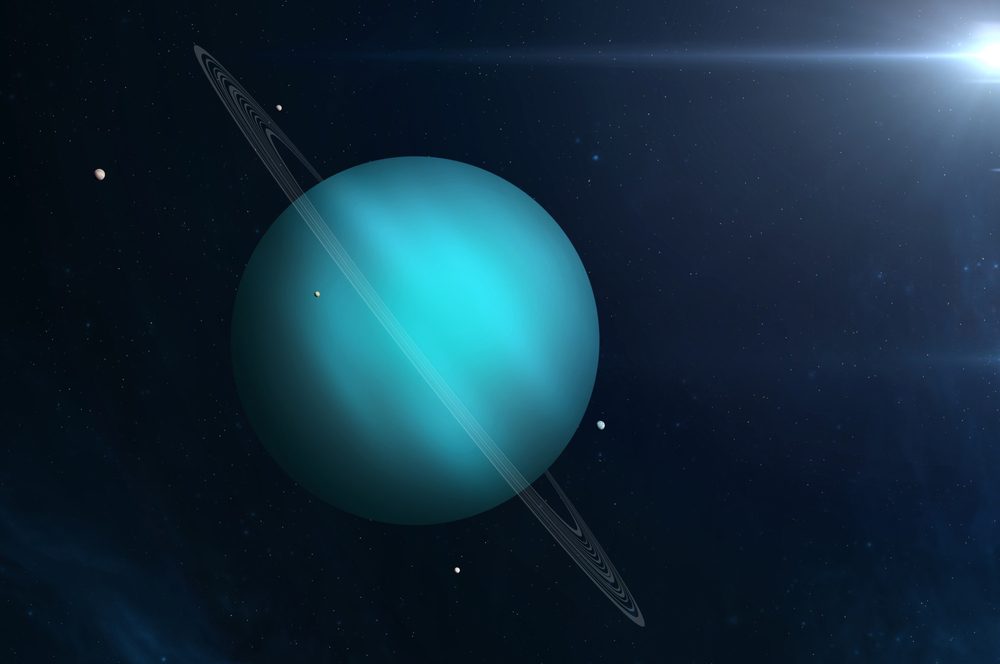
1. Uranus spins sideways
If you remember your school days, you know that Uranus is presented in the classroom as a featureless blue ball, but the ice giant is pretty impressive and weird on closer inspection.
If you believe that Uranus looks like a ball, you’re right, because this massive planet rotates on its side, giving off the impression that it rolls around the sun like a giant ball.
Experts discovered that the planet is oriented roughly 90 degrees sideways compared to the other planets, and the explanation for that might be the fact that it was the victim of a titanic collision many moons ago.
Uranus is one of the main characters when it comes to the most interesting solar system facts, and you’ll see why. This tilt causes, according to NASA, the most extreme seasons in the solar system.
Each Uranus year is as long as 84 years on Earth, so do we dare say that it’s hard to run out of time there? Probably not, but I had to crack that joke. Speaking of time, for roughly a quarter of each Uranus year, the sun shines straight over the south or north pole of the giant planet.
This means that for more than two decades on our beautiful planet, half of this blue planet never sees the sun. AT ALL. Some scientists believe that one of the reasons Uranus is so mysterious is the 2007 equinox, but only 7 years later the planet’s atmosphere erupted into wild, unpredicted storms. What can we say? Uranus remains an enigma.
We’re just at the beginning of our short journey of solar system facts, so stay here until the end!
2. Vulcano on Mars
We continue our little series of solar system facts, and this time we have to talk about Mars and the things that make it so special. Mars seems like a quiet planet at the moment, but somewhere in the past, it used to be filled with huge volcanoes.
And yes, this includes the giant Olympus Mons, the most impressive and biggest volcano ever discovered in the solar system. This one is so big that it is comparable to the size of Arizona, at 374 miles across, and it has a height of 16 miles, which is triple the height of the tallest mountain on our planet, Mount Everest.
But we’re not done being amazed by Olympus Mons, because NASA said that it is around 100 times bigger than Mauna Loa in Hawaii, our planet’s largest volcano. Experts believe that the reason why Mars’ volcanoes are so impressive in size is due to the fact that gravity is much weaker than it is on Earth.
Do you enjoy reading about these solar system facts?
3. Water is everywhere
Water used to be considered one of the rarest substances in space, but over time, when scientists discovered more solar system facts, they noticed that water ice exists everywhere in the solar system and is actually a popular component of asteroids and comets.
Even though we can’t tell for sure if the moon and Mercury could support human life, we know that water can be found as ice in shadowed craters on the surfaces of the moon as well as on Mercury.
Scientists also found water at Mars’ poles, in frost, and perhaps even below the surface dust. Water is present even in tinier bodies in the solar system, such as on the dwarf planet Ceres or on Saturn’s moon Enceladus.
Some scientists at NASA suspect Europa, Jupiter’s moon, to be able to support extraterrestrial life because, contrary to their expectations, there’s a big probability that there’s liquid water below its cracked and frozen surface.
Europa is way smaller than Earth, but it might be home to a very deep ocean that could be home to twice as much water as all of Earth’s oceans combined. Even though we don’t know everything about these solar system facts, in a couple of years we’ll know more than we do now, thanks to researchers’ efforts.
Keep reading to discover more of these eye-popping solar system facts!
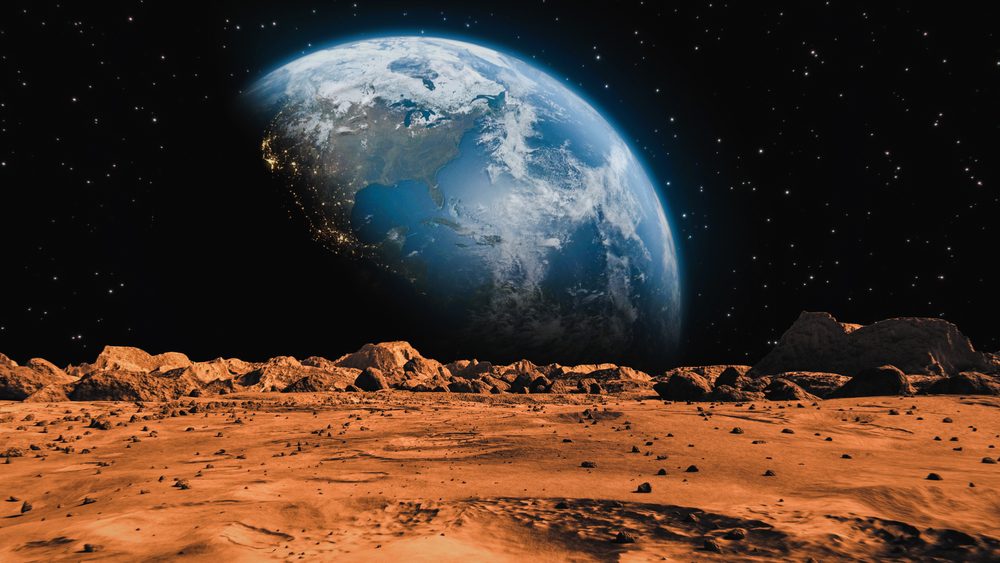
4. Mars has a huge valley
Ok, we continue with these solar system facts by coming back to Mars, because we’re not done talking about this interesting planet. When experts studied this orb, they noticed a huge system of Martian canyons, popularly known as Valles Marineris, which are 2,500 miles long and are more than 10 times as long as the gorgeous Grand Canyon in Arizona.
It wasn’t easy for the early Mars space shift to spot the Valles Marineris, but in 1971, this impressive landscape was spotted by the global mapping mission Mariner 9. Believe it or not, we don’t exaggerate when we say that the Valles Marineris are so big, that they could stretch from coast to coast across the entire United States.
However, while the canyon is impressive at first sight, scientists have a hard time figuring out exactly how it formed given the fact that there are no active plate tectonics on giant Mars.
Some experts believe that Tharsis Ridge, a chain of volcanoes on the other side of the planet that also includes Olympus Mons, somehow bent the crust from the opposite side of the planet.
Therefore, there’s a probability that a strong cataclysmic force triggered cracks in the crust, which means that large amounts of subsurface water appeared to carve away rock and glaciers carved out new pathways into the canyon system.
5. Pluto has mountains
Once upon a time, we all knew that Pluto was the 9th planet of our solar system, but in 2006, experts downgraded it to the status of a dwarf planet due to the fact that it didn’t meet all the criteria they had established.
Speaking of Pluto, it is a small planet at the edge of the solar system, so researchers assumed it would have a moderately uniform, crater-pocked environment. But what they knew turned out to not be completely true, because in 2015, NASA sent a spacecraft, New Horizons, to fly by, and it sent pictures that showed them what the dwarf planet actually looked like.
Among the eye-popping discoveries were icy mountains that are approximately 11,000 feet high. This astounding piece of information means that the tiny dwarf planet was perhaps geologically active as little as 100 million years ago.
However, sometimes these solar system facts represent a mystery, and in Pluto’s case, it surely is an enigma. Geological activity implies energy, and scientists still have no idea what the source of that energy is inside the dwarf planet.
The sun isn’t close enough to it so that it could generate enough heat and energy for geological activity, and there aren’t any huge planets nearby that could’ve been responsible for such disruption with gravity.
If you’re interested in solar system facts and would love to have a bit of this interesting world at home, I recommend you spend a couple of hours with your beloved family members to put together this solar system puzzle, because it’s fun and it challenges your brain at the same time! Check it out here!
Which one of these solar system facts was your favorite? If you want to read something else from Science in The World, here’s a good article for you: 5 Important and Most Debated Scientific Theories

